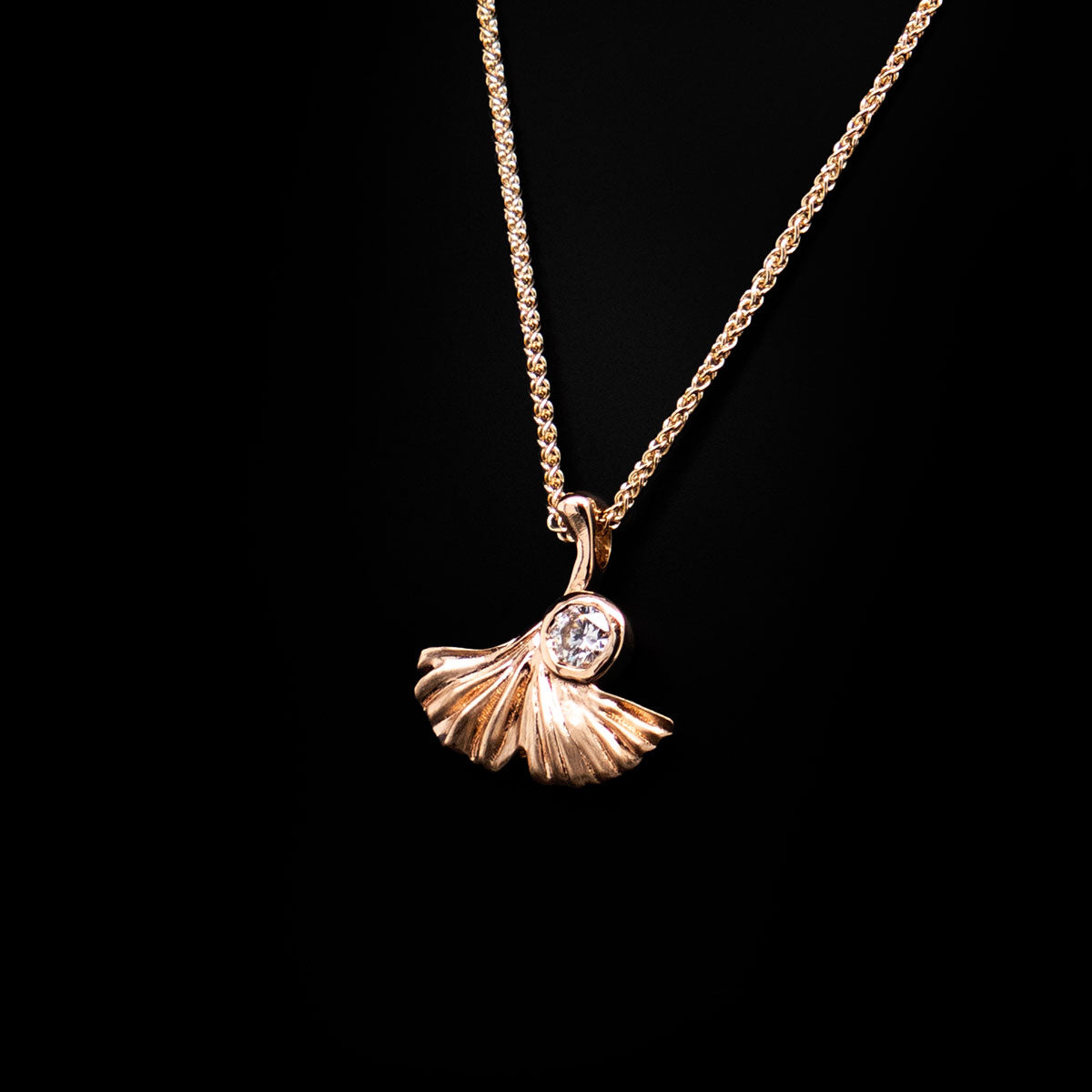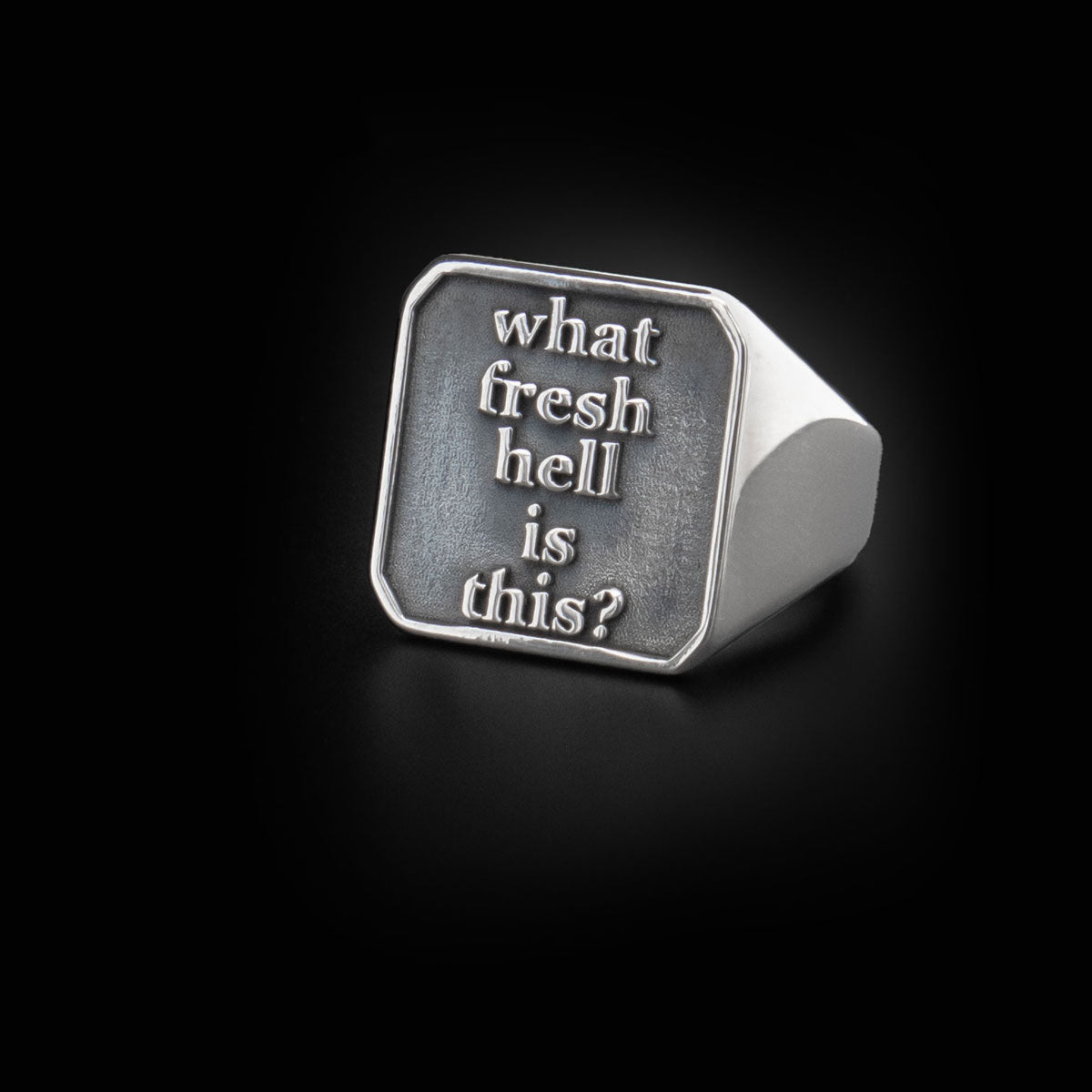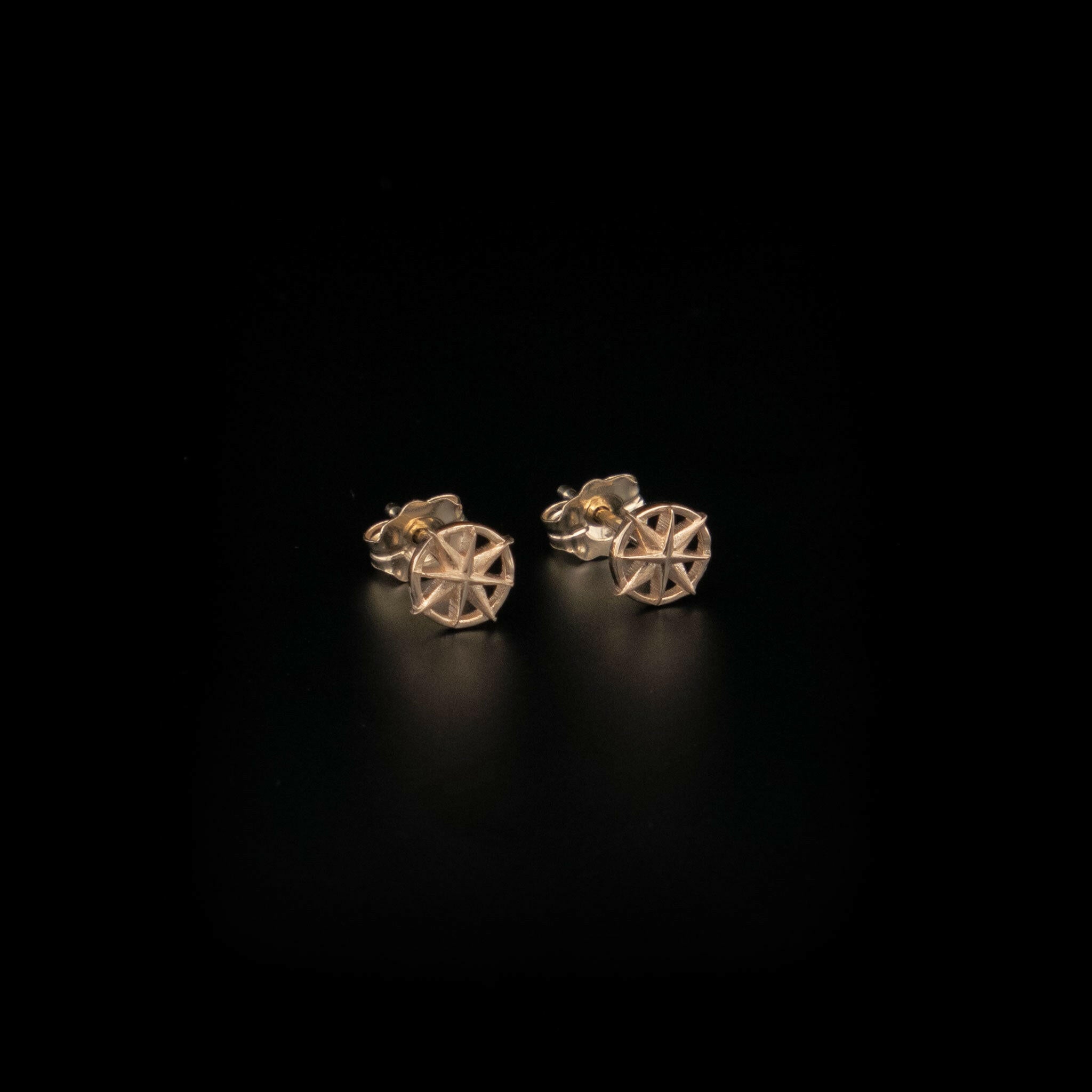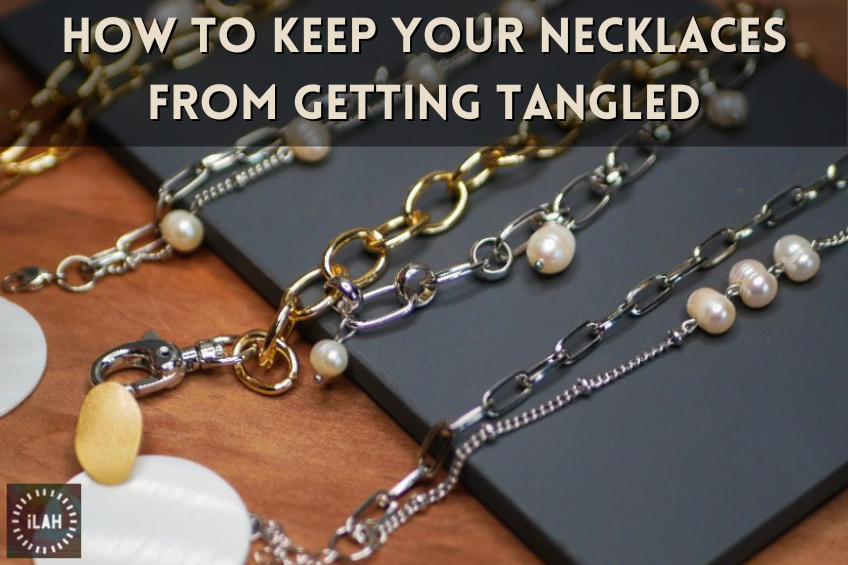Your favorite jewelry is something you may never want to take off. Your most-loved jewelry soon becomes a part of your day-to-night activities, a constant reminder of happy memories every time you glance at it or receive a compliment. Jewelry care too often becomes an afterthought.
Over time, these bespoke pieces become easy to forget, an extension of your personality, and fully integrated into your lifestyle.
Your one-of-a-kind jewelry may end up staying on even through strenuous activities. Some of these precarious scenarios include exercising, gardening, laundry, dishwashing, working with your hands, and yes, even sleeping.
Sleeping in your jewelry may seem safe at first. However, wearing your jewelry while sleeping may inadvertently damage it as you rest every night.
Today's blog post will cover why you shouldn't wear jewelry while sleeping. We'll also share some easy-to-follow jewelry care tips.
Should You Wear Jewelry to Bed?
Gemstones in rings are set in many ways. These settings also apply to dangle earrings, diamond studs, pendants, any type of ring with stones, and bracelets.
Here are a few examples of settings and why you shouldn't sleep with any of this jewelry on:
1) Prongs
Prong settings are frequently used to secure the stone in a mounting or the part of the design that holds the stone. Prongs are slim metal projections with tips on the end. They're easy to snag on objects because of their jagged ends.
Sleeping with stones in prongs may exacerbate this issue, causing them to loosen if the prongs get caught on clothing, bedding, or hair.
2) Paves
Pave settings offer a sprinkling of stones placed in shallow, recessed metal areas. Pave settings are perfect for those who enjoy a multi-stone look. However, stones falling out of paving settings is a common occurrence.
Sleeping with jewelry featuring a pave setting may cause these small melee stones to fall out, forever lost on the floor, bedding, and clothing. Removing jewelry such as rings, dangle earrings, studs, and tennis bracelets with paving stones will help preserve the design.
3) Chains & Closures
Certain chains are ultra-durable with strong repeating links when made in wider millimeters. Some chain types include Figaro, curb (classic curb, Miami Cuban, Cuban), cable, box chains, and mariner.
Many other chain necklaces, chain bracelets, and anklets are delicate or too chunky (think San Marco). Placing stress on these chains can cause irreversible damage.
For example, herringbones and omega chains can stretch and disconnect from neighboring links. Singapore and rope chains are easy to snag because of their slim wires, causing them to unravel. Bead and bar link chains can snap. Any lightweight chain can easily break.
4) Clasps & Springs
Clasps such as spring rings and lobsters can lose their spring mechanism if you apply too much pressure.
Sleeping with chains may break the clasp, resulting in a need for a brand new replacement. Protect your layering necklace by removing it before sleep and storing it in a safe place.
5) Pearls
You should never wear pearls to bed. Pearls frequently see dents and scratches because of their soft organic makeup.
A pearl necklace or bracelet string can break if you apply enough pressure. Restringing pearls early is another expense you can prolong or even prevent with the right jewelry care.
Can Poor Jewelry Care Affect Your Health?
Did you know wearing your jewelry to sleep may cause potential health hazards? Here are a few to consider.
1) Alloy Irritants
Fine jewelry metals are almost always noble metals. Noble metals are stable and may be mixed alloys without losing their composition. These alloys give the metal extra hardness and malleability.
Avoid fine metals combined with brass, tin, aluminum, and other irritants will help prevent irritation, such as contact dermatitis.
Contact dermatitis frequently occurs as a topical rash behind the ears, neck, and hairline from earrings and earring backs containing toxic metals. Lower-cost fashion jewelry is often primarily composed of these harsh metals.
Modern higher quality jewelry frequently utilizes hypoallergenic, non-toxic metals. Inquiring if the design you purchase is free of harsh alloys will eliminate the possibility of an allergic reaction.
Skip sleeping in fashion or fine jewelry. You can reduce your time spent wearing jewelry to give your skin a break.
2) Weight Fluctuations
Your hands can hold extra water weight, causing your fingers to swell. This swelling will make the rings fit tighter, cutting off the circulation.
Many internal factors and the external environment cause water retention, making it hard to anticipate. Removing your rings before bed solves this possible discomfort.
3) Bacteria Build-Up
All jewelry will pick up oils, dirt, and other bacteria when you wear it frequently. Dirt underneath the stones, between the prongs, on the clasp, or the chain links may be eye visible. This build-up makes it look worn, dull, and old.
You should remove jewelry when applying lotion, shampoo/conditioner/body wash, perfume, and cosmetics will reduce bacteria build-up. Cleaning your jewelry with warm water, mild soap, and a soft brush will help to keep it looking pristine.
Avoid Increased Wear and Damage to Your Jewelry
Another big reason not to sleep in your jewelry is that it increases wear. Prongs and other parts lose metal over time when they rub or come into contact with other items, which is why prongs often need metal added or the bottom of a ring needs to be replaced after years of use.
The standard jeweler’s buff (polishing wheel) is made of cotton material similar to your sheets. It polishes the piece by smoothing and wearing it down with the help of a polishing compound.
Your sheets do the same thing just at a slower rate. Taking off the ring at night can add years to a piece.
Key Takeaways for Jewelry Care
Try to take off your jewelry before you go to bed. This will help to extend the life and beauty of any piece. Sleeping with your jewelry on may cause damage to it when you are least aware of it.
Delicate chains and lightweight pieces can break when you apply pressure.
Give your body a break! Removing jewelry before you sleep will allow your skin to breathe freely.
Storing your jewelry in a jewelry box, jewelry bag, sachet, pouch, or drawer will keep it safe for longer.
Questions about taking care of your jewelry? We specialize in unique, hand-made, responsibly sourced custom jewelry, alternative jewelry, queer jewelry, and lab grown diamonds in Worcester, MA.
Radically Personal. Unapologetically Human. Made with fierce love.
-Ilah ♥ / IG: @ilahjewelry








Leave a comment
This site is protected by hCaptcha and the hCaptcha Privacy Policy and Terms of Service apply.